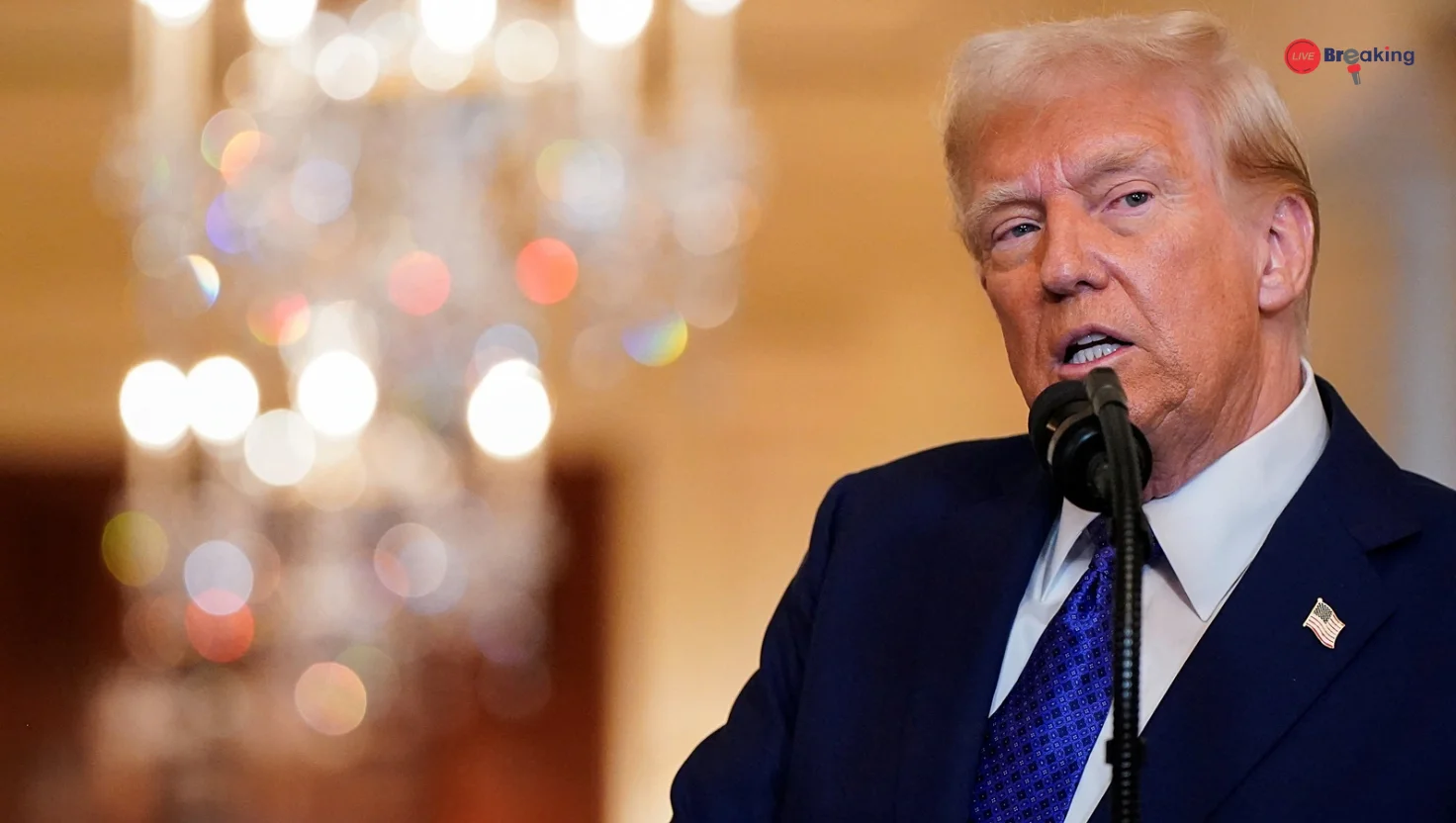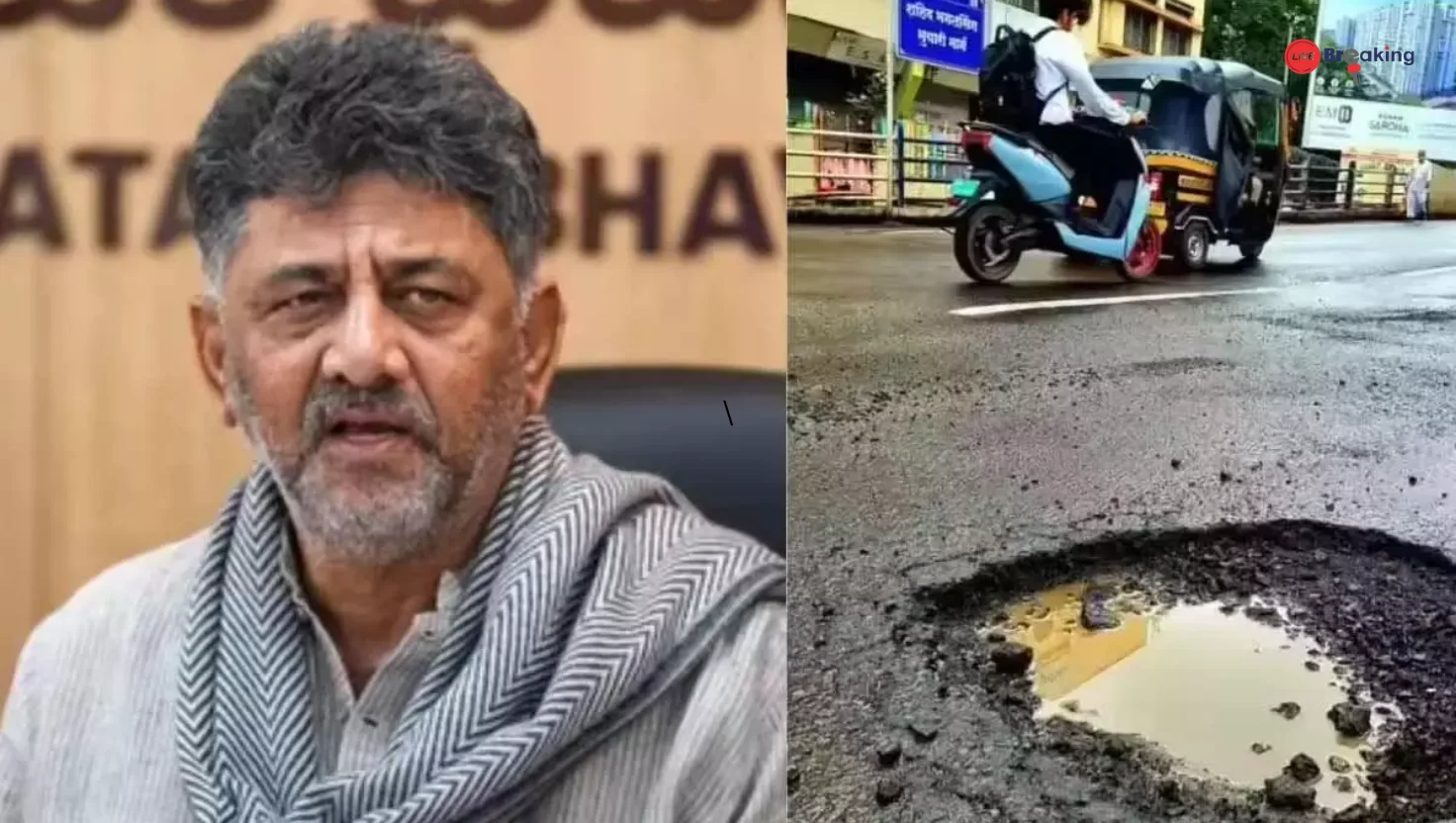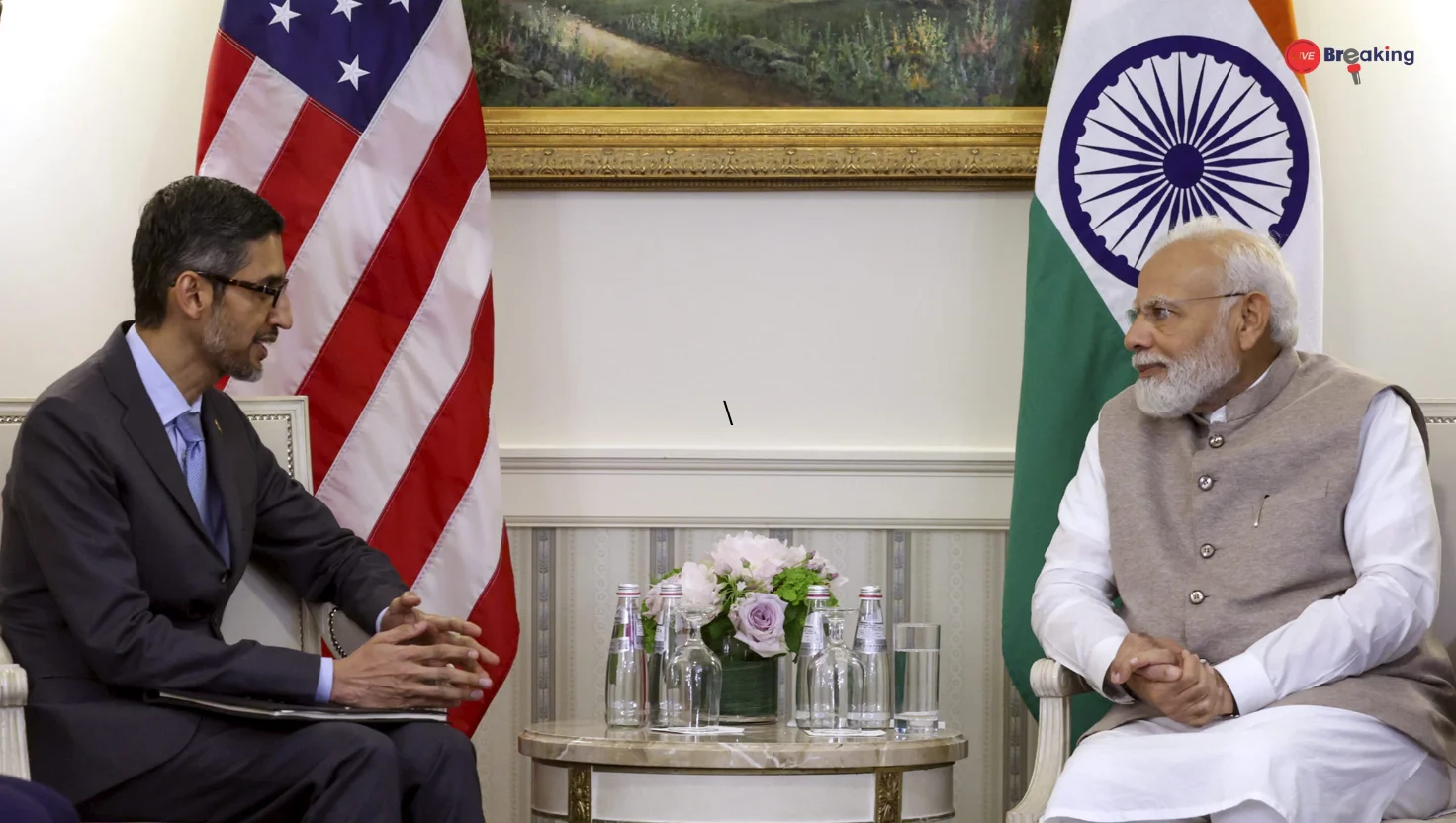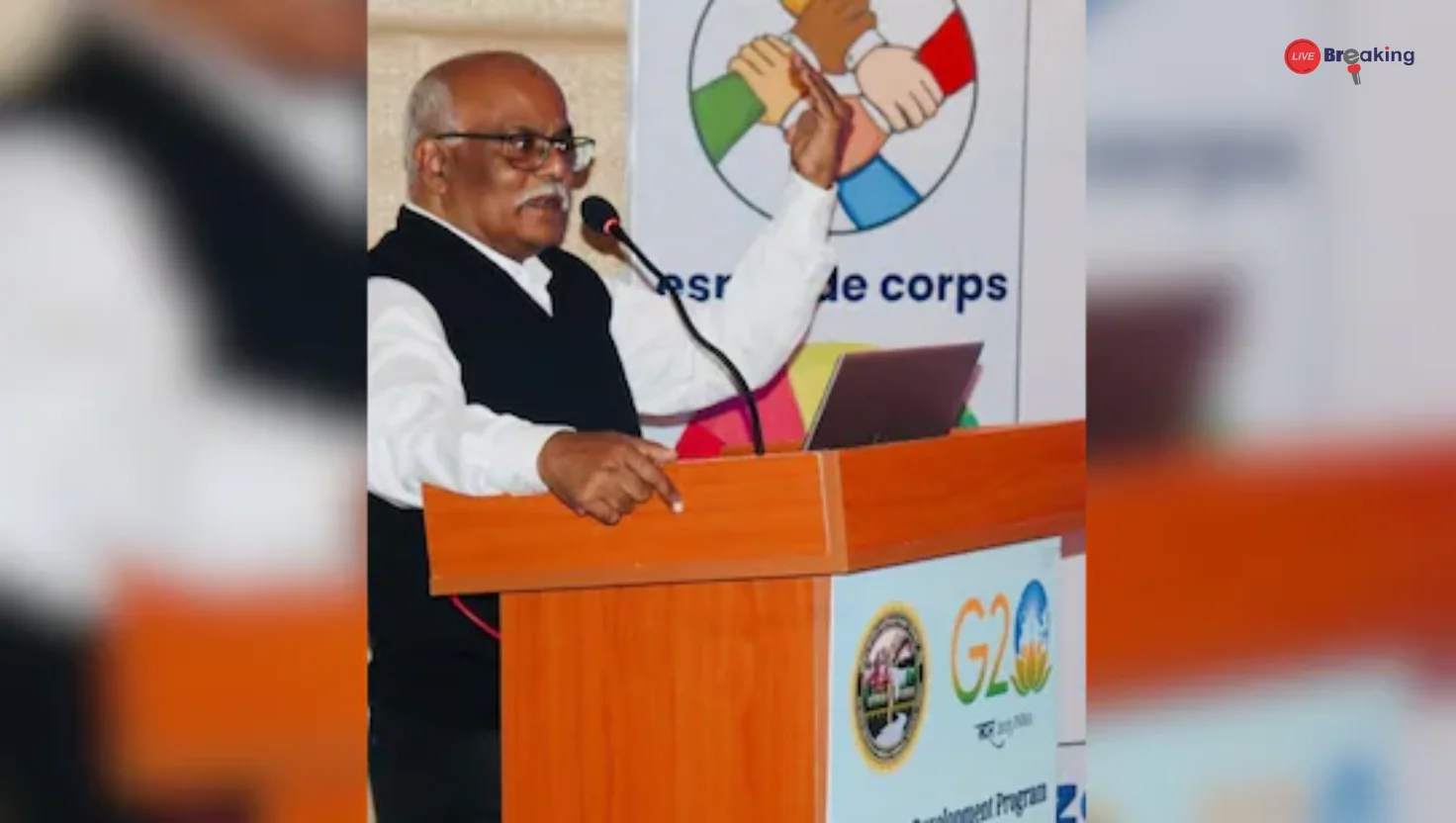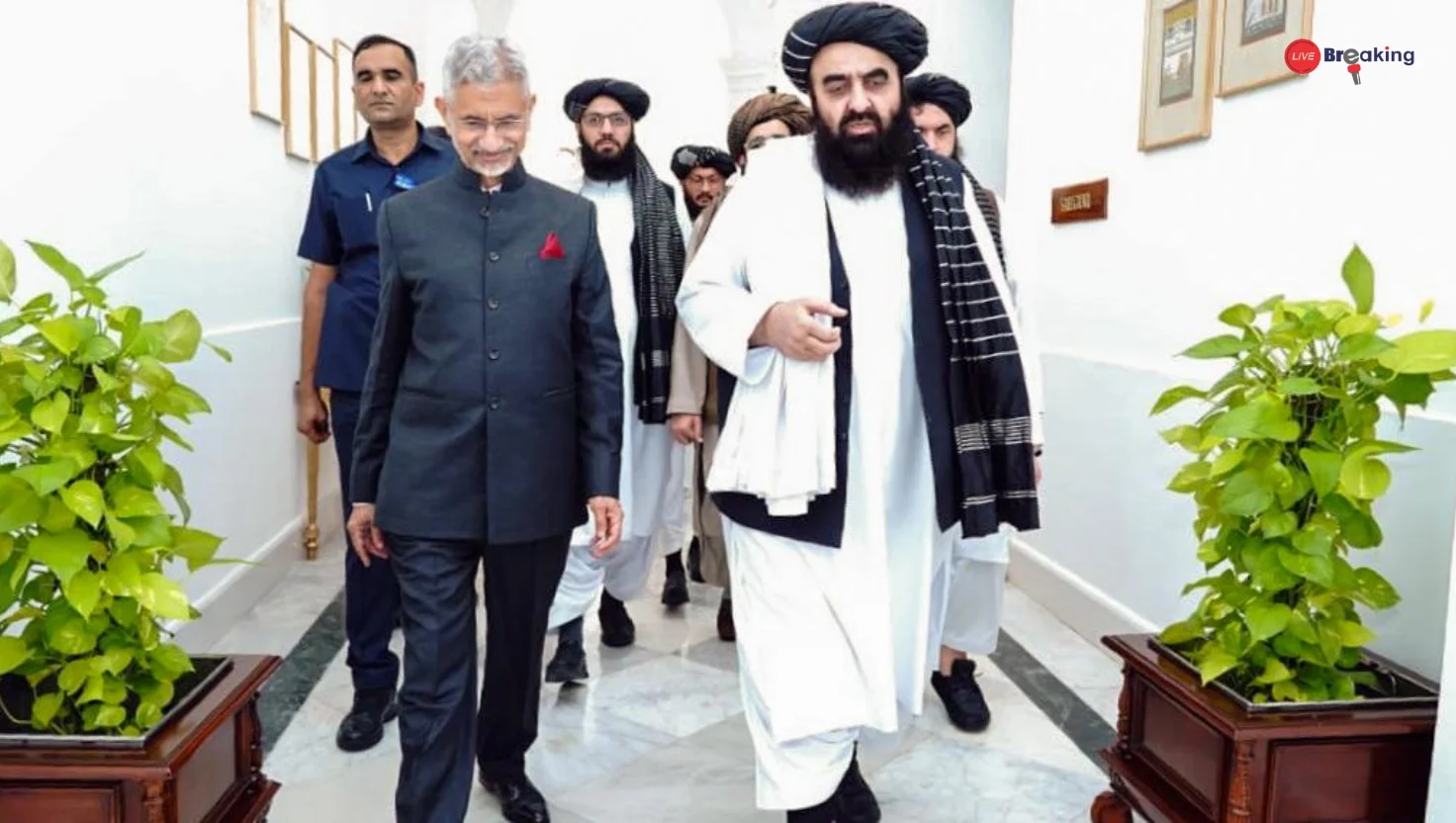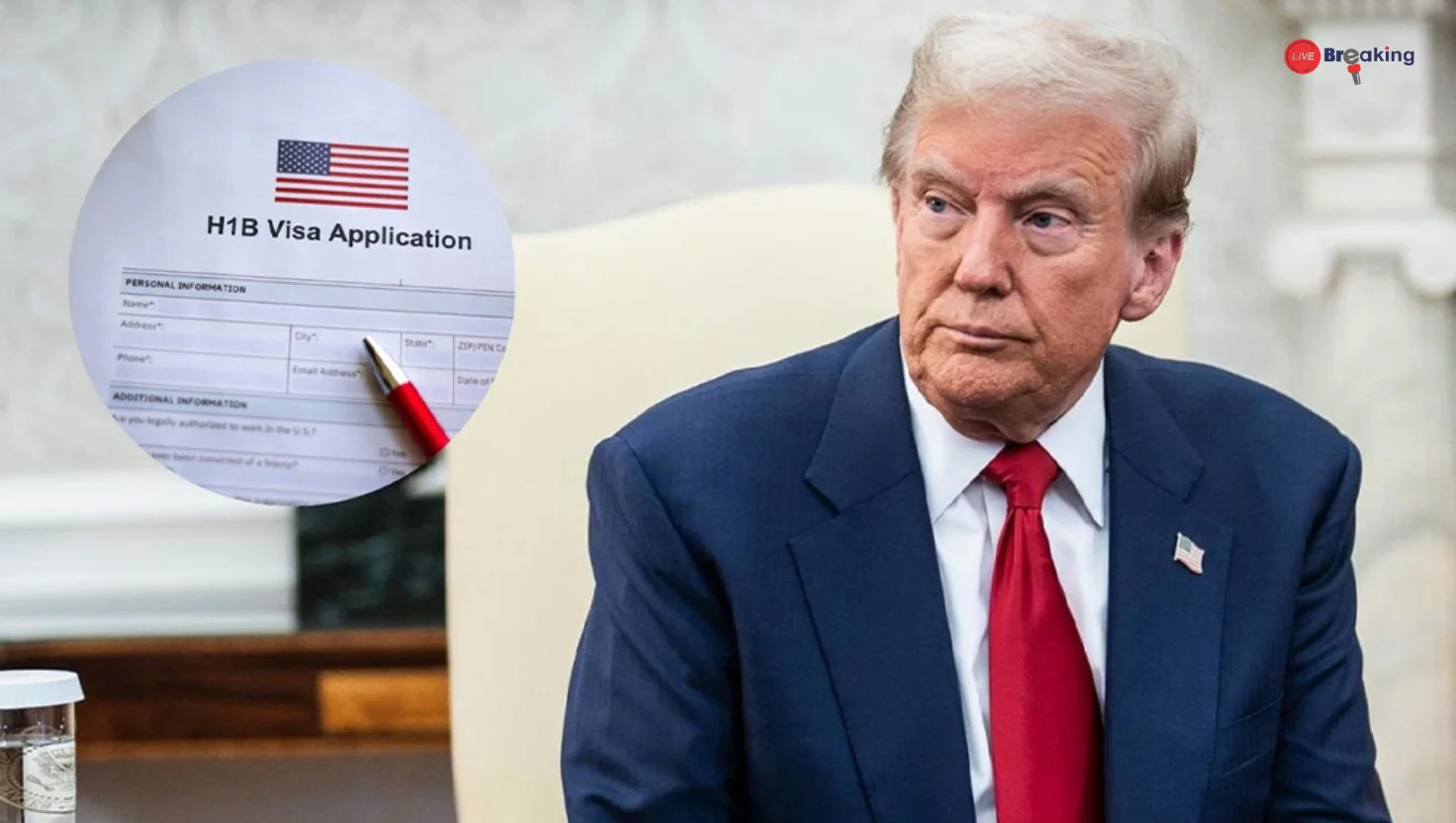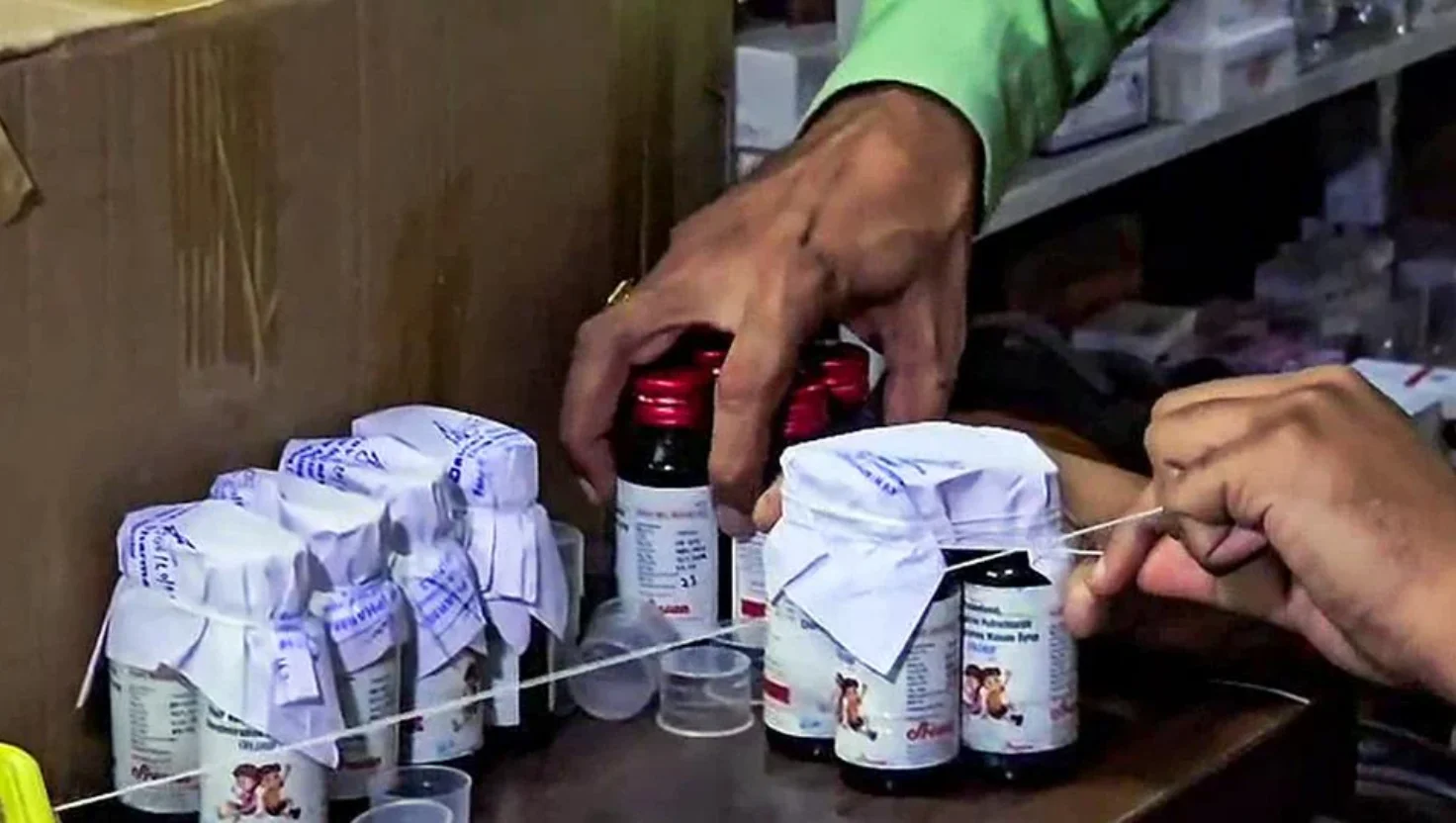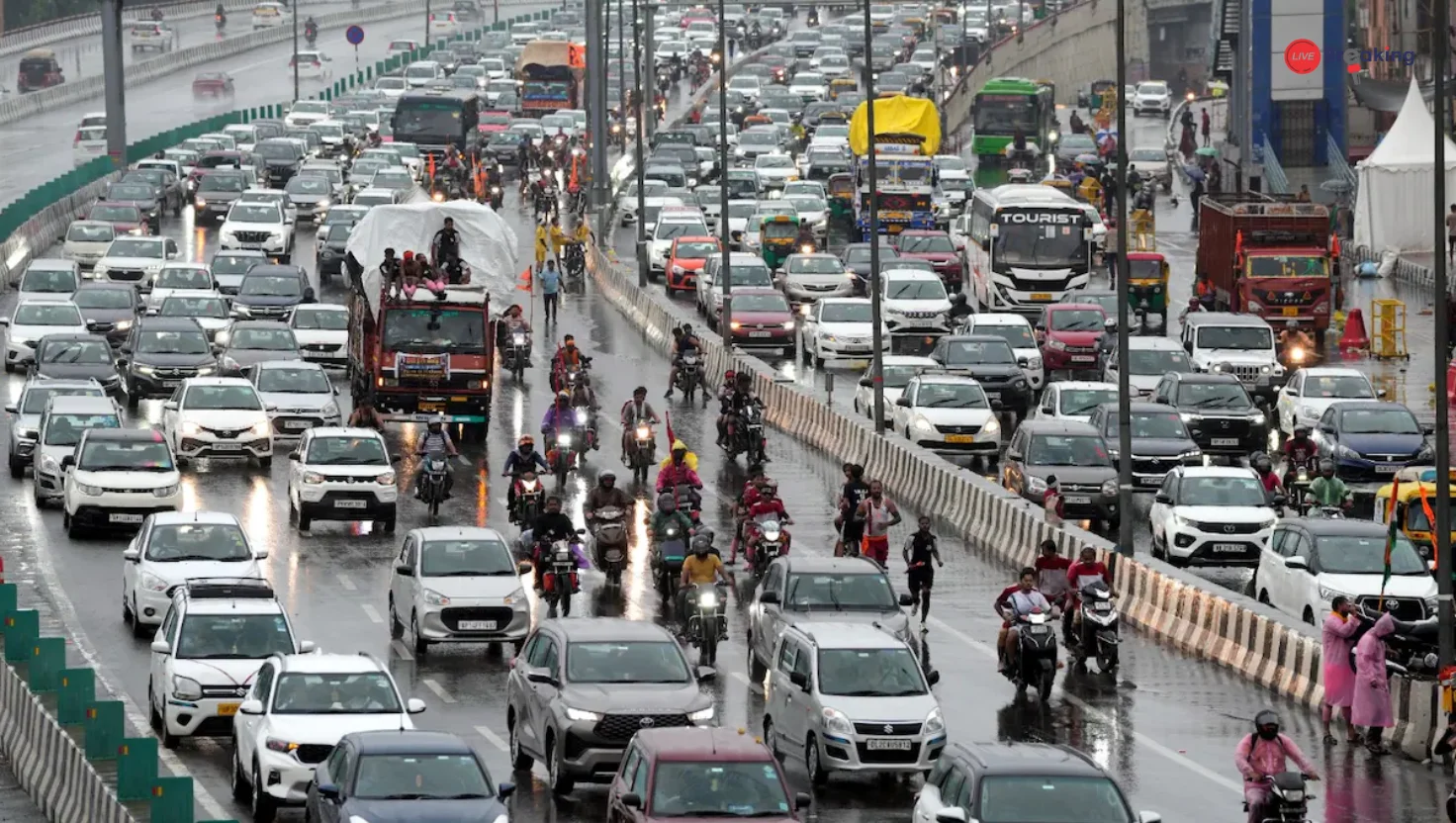Trump Declares 100% Tariff On Pharma Imports From October 1, India May Be Hit
The U.S. pharmaceutical market, one of the largest in the world, is set to undergo a dramatic shift after former President Donald Trump announced a sweeping 100% tariff on all pharmaceutical imports effective October 1. The move, presented as part of a broader “America First” economic strategy, has sent ripples across global trade corridors, with India — the world’s largest supplier of generic medicines — standing among the countries most vulnerable to this sudden policy turn.
Why the Tariff Announcement Matters
The United States is heavily reliant on pharmaceutical imports, particularly generics and active pharmaceutical ingredients (APIs), to keep healthcare costs affordable. India plays a pivotal role in this supply chain, exporting low-cost generics that cater to a significant portion of U.S. demand. According to industry estimates, nearly one in every three generic pills consumed in the U.S. comes from Indian companies.
Trump’s 100% tariff threatens to double the cost of these imports overnight. While the administration argues that the measure is intended to boost domestic pharmaceutical manufacturing and reduce foreign dependence, critics warn of potential disruptions in medicine availability, price hikes, and an adverse effect on global trade partnerships.
India’s High-Stakes Exposure
For India, the stakes are particularly high. The country’s pharmaceutical sector is valued at over $50 billion, with the U.S. accounting for a large share of its export revenue. Generic medicines, APIs, and specialty drugs have long been India’s stronghold, offering cost-effective solutions to patients worldwide.
If the tariff comes into force, Indian exporters will face two major challenges:
-
Reduced Competitiveness: Doubling the import duty will make Indian drugs significantly more expensive in the U.S. market, putting them at a disadvantage against American manufacturers.
-
Shrinking Margins: Many Indian companies operate on thin profit margins. The additional tariff burden could erode profitability and limit future expansion into the U.S.
Read more: Supreme Court Bench Highlights Human Limits While Hearing Urgency Request
This may force Indian pharmaceutical firms to either absorb part of the cost, thereby hurting their bottom line, or pass on the burden to American distributors and patients, which could trigger supply chain pushback.
Possible Fallout in the U.S.
While Trump has positioned the move as a boost for “Made in America” drug manufacturing, experts caution that the U.S. does not currently have the infrastructure to immediately replace foreign imports. Building new production capacity, ensuring regulatory compliance, and scaling up manufacturing are long-term processes.
In the short run, this policy could lead to:
-
Drug Shortages: A sudden disruption in supply could leave shelves empty, particularly for essential and life-saving medicines.
-
Rising Healthcare Costs: Patients in the U.S. could face higher out-of-pocket expenses as generics become costlier.
-
Industry Pushback: U.S. pharmaceutical distributors, insurers, and hospitals may resist the change, lobbying for exemptions or phased implementation.
A Test for India-U.S. Trade Relations
This announcement comes at a time when India and the United States have been working to deepen economic ties, particularly in the fields of technology, defense, and pharmaceuticals. A blanket tariff of this magnitude could strain bilateral trade relations, forcing India to seek negotiations or exemptions.
Trade experts suggest that India may raise the issue through diplomatic channels or at the World Trade Organization (WTO), arguing that the measure is protectionist and disruptive to global healthcare supply chains.
What Lies Ahead for Indian Pharma
Indian pharmaceutical firms may need to explore alternative strategies to mitigate the fallout:
-
Diversifying Markets: Strengthening exports to Europe, Africa, and Latin America could reduce reliance on the U.S. market.
Read more: Trump Govt Eyes End to H-1B Lottery, Pushes for Merit-Based Selection
-
Investing in U.S. Manufacturing: Some Indian firms may choose to expand or acquire facilities in the U.S. to bypass tariffs.
-
Innovation and Branding: Moving up the value chain by investing in novel drug development or biosimilars could help companies remain competitive despite tariff pressures.
Conclusion
Trump’s declaration of a 100% tariff on pharmaceutical imports is more than just a trade policy—it is a move that could reshape the global healthcare ecosystem. For India, the world’s pharmacy, this represents both a challenge and an opportunity. While the immediate outlook suggests turbulence and potential revenue loss, it may also push Indian pharma companies to innovate, diversify, and strengthen their global presence.
The coming months will determine whether this tariff leads to greater self-reliance in the U.S. pharmaceutical sector or sparks unintended consequences such as shortages and soaring drug prices. For India, it is a reminder of the delicate balance between economic diplomacy and the global demand for affordable healthcare.

